Flower arrangement tips | Collection methods and precautions for fresh cut flowers
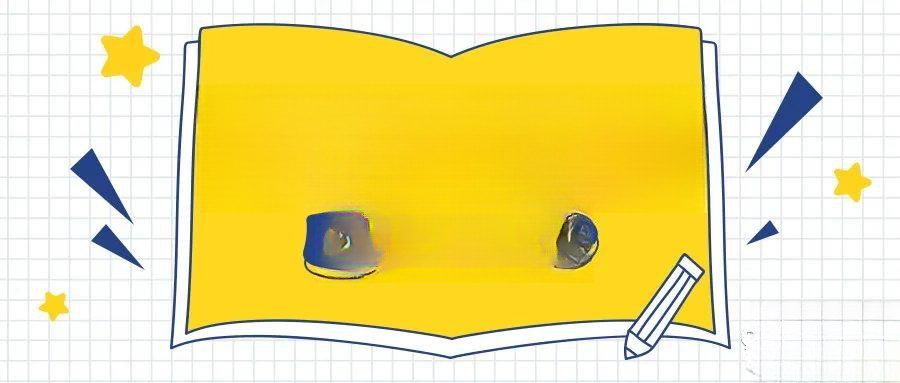
Do you know what you need to pay attention to when collecting fresh cut flowers?
Although the collection of fresh cut flowers seems to be the business of flower bases or flower farmers and other suppliers, and has little to do with ordinary flower lovers, Beibei wants to say that even if we do not directly collect fresh cut flowers, understanding its collection knowledge can still be more or less helpful to us when we choose, use and grow flowers.
If you have a small garden at home and want to collect flowers one day, wouldn’t it be easier to do the work and get twice the result with half the effort after learning this knowledge?
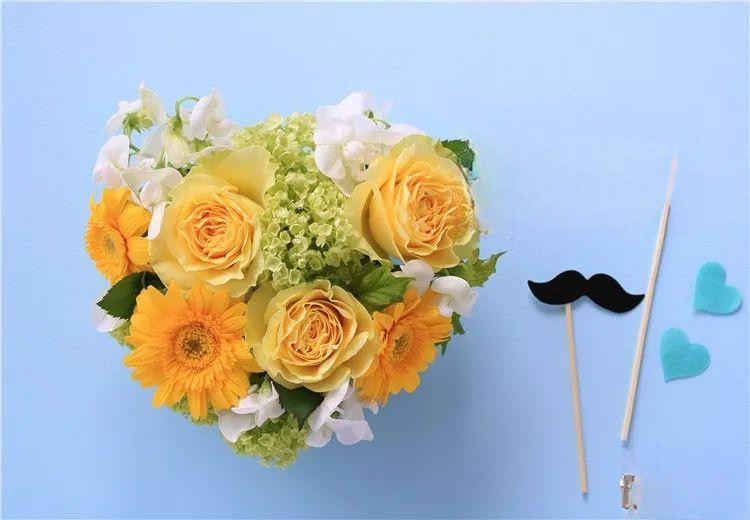
Beibei ( Cuihua ) serves dry goods ( pickled vegetables ). . .
What should we pay attention to when collecting fresh cut flowers?

First, focus on the collection time .
The time when flowers are collected affects their freshness and lifespan.
Plants have a daily growth cycle. During the day, the water and nutrients in the plants will change with time and environment.
In principle, when the water and nutrient content in the plant is the highest, the collected flowers have a longer viewing period and the best viewing effect.
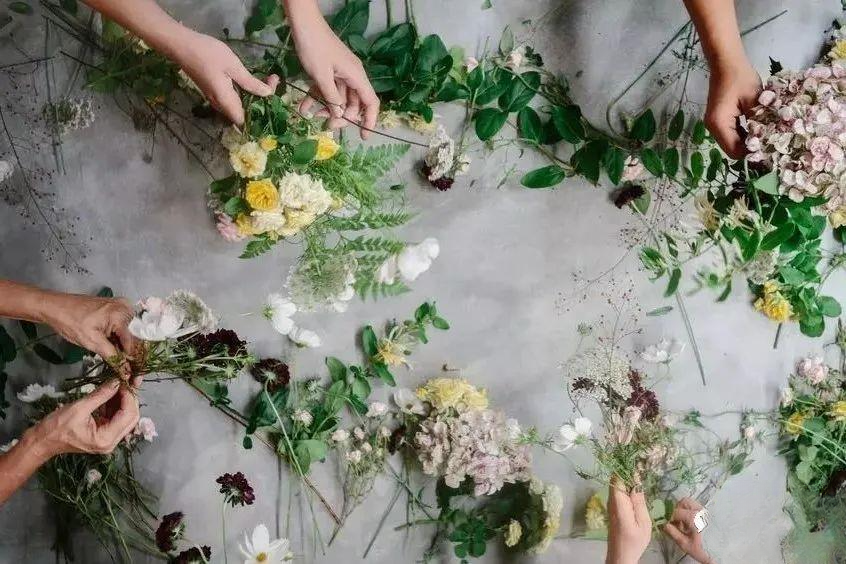
So, when are the times when plants have the highest levels of water and nutrients?
The best time to collect plants varies in different seasons.
Generally, in summer , it is best to collect flowers at 10 am or in the evening . In spring and autumn, choose sunny and windless weather, and the best time is also in the morning and evening . Because in the morning and evening, the branches and leaves are upright, and the water evaporation is weak. After the flowers are cut, they can still absorb nutrients and will not damage their original vitality. At noon, the sun is high, the water evaporates quickly, and the plants have been sunburned and withered, and they are more likely to wither after being collected.
In winter , it is better to collect flowers at noon and in the evening . Because the temperature in the morning is very low in winter, the water content in the flowers is low. As the temperature rises, metabolism is strengthened. At noon, the water content in the plants is the highest and the plants are full of vitality. In the afternoon, transpiration consumption is greater than absorption. In the evening, when the temperature is the lowest, the water content in the plants increases again, and the nutrient content is also relatively high.
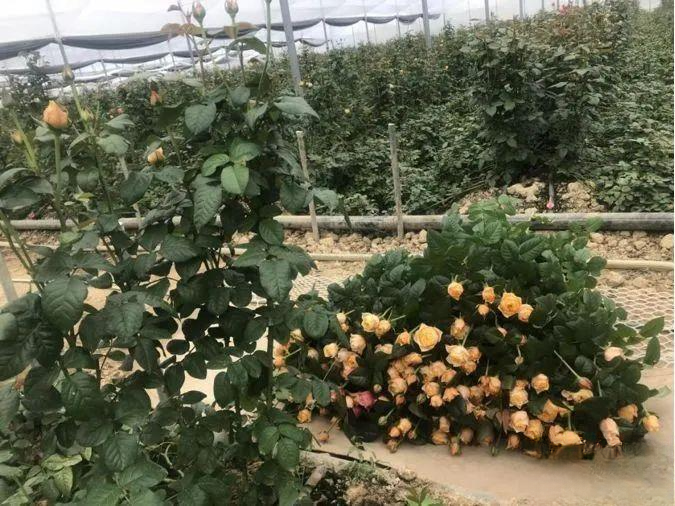

After paying attention to the collection time, we should also understand the collection status of the flowers .
Flowers in good condition must be free of pests and diseases, undamaged, and in a healthy and perfect state.
We also have some identification in the collection status.
For example: when collecting delicate flowers and plants, you need to pick them with the roots, and then wash off the dirt before planting them, otherwise the flowers will easily lose water and wilt; when collecting woody flowers, the choice of branches is also very important, and you should collect some mature branches. Branches that are too tender will easily lose water and have a short viewing period.
There are some specific examples in the book "History of Bottles" that are of reference value:
For pine trees, choose those with needles about an inch short, and branches that are drooping and have an ancient feel; for plum trees, do not break off too many branches, and choose those with a unique rhythm and wrinkles on mosses; for pomegranate trees, do not break off new branches, and choose branches from the previous year; for golden phoenix flowers and thousand-leaf gold, choose their side branches , etc.
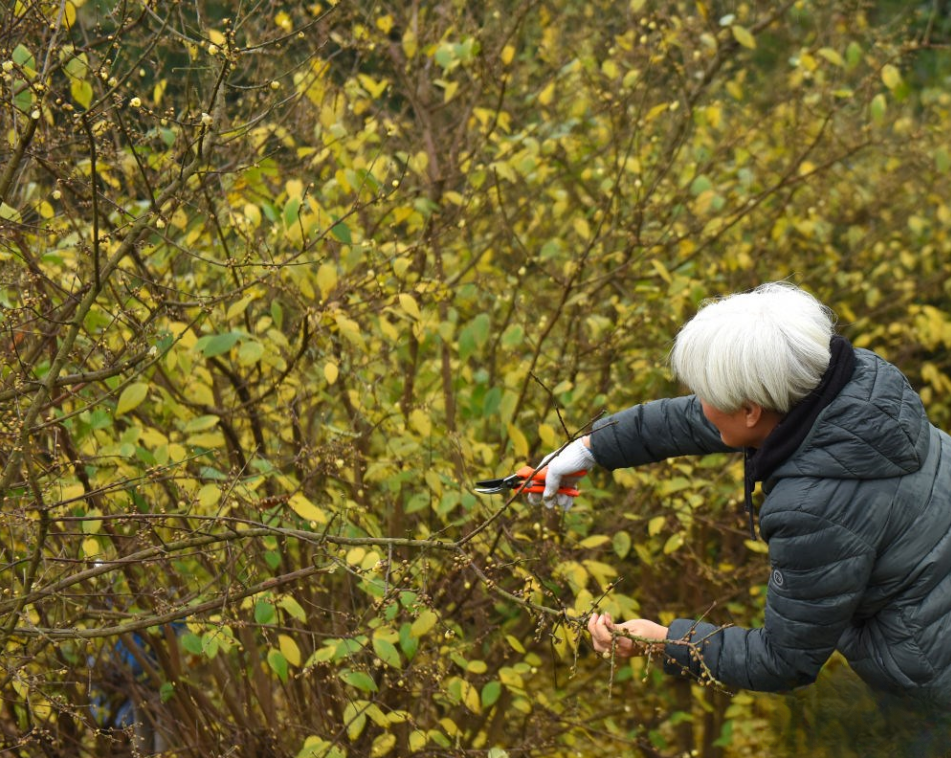
Collecting flowers requires a certain degree of advance planning to achieve the best viewing conditions.
Generally, the spike inflorescence is collected when the lower 1/3 of the flowers begin to bloom; single flowers are cut when they are in bud; and flowers are collected when the buds bloom and show color.
Flowers in these states can maintain their inherent appearance better and for a longer period of time.

Finally, we also need to understand how to collect flowers .
There are different types of flowers. In order to ensure the integrity of the cut, reduce infection and facilitate fixation, in addition to choosing sharp tools, we must also adopt appropriate cutting positions and methods.
For plants with well-developed conductive tissue and strong water absorption capacity, such as gladiolus and ginger flower, the branches can be left longer when collected; for plants with underdeveloped conductive tissue and weak water absorption capacity, such as rose, jasmine, peony, etc., the branches can be left shorter when cut, which will help extend the shelf life.
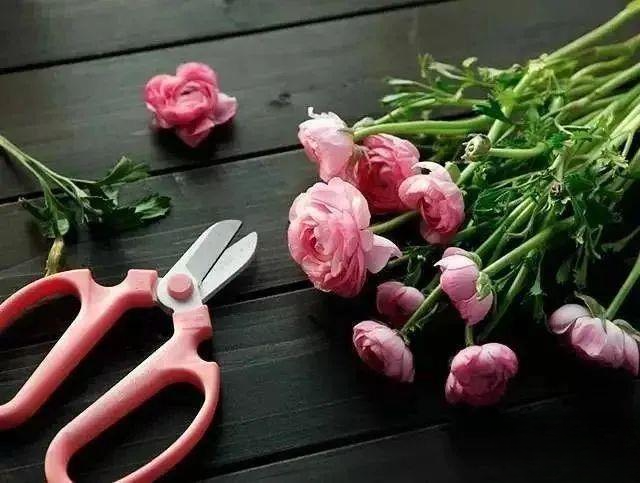
Thicker woody flowers should be cut at a 45-degree angle , such as willow branches, pine branches, plum branches, etc.
For herbaceous flowers and thinner woody flowers , vertical shearing can be used , such as peony, chrysanthemum, tulip, etc.
Flowers with thick and hollow branches need to be cut in a round shape , such as calla lily, lotus, and water plantain.
Summarize:
The collection of flower materials can be controlled by three points : collection time , collection status and collection method .
Keep learning and growing on the road of flower arrangement, Nianhua Xiaozhan will always be with you.